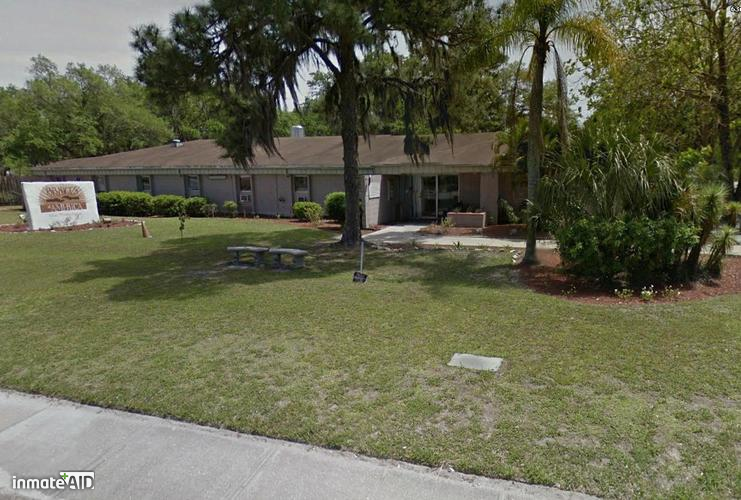Thank you for trying AMP!
You got lucky! We have no ad to show to you!
Connect with an Inmate
Bradenton Bridge Community Release Center (Female)
Community Corrections-Private
Bradenton CRC is for Community Corrections-Private offenders have not been sentenced yet and are detained here until their case is heard.
All prisons and jails have Security or Custody levels depending on the inmate’s classification, sentence, and criminal history. Please review the rules and regulations for County Work Release facility.
The phone carrier is Securus Tech®, to see their rates and best-calling plans for your inmate to call you.
If you are unsure of your inmate's location, you can search and locate your inmate by typing in their last name, first name or first initial, and/or the offender ID number to get their accurate information immediately Registered Offenders
You can support your loved ones at Bradenton CRC on InmateAid, if you have any immediate questions contact the facility directly at 941-932-9030.
The Community Corrections Division Bradenton CRC in Manatee County is privately owned and contracted by government lease and consists of six community-based programs that supervise both pre-sentenced and sentenced offenders, prioritizing public safety and cost-effective alternatives to incarceration. Working in collaboration with the Work Release Center located at 2104 63rd Ave Florida, FL, and other criminal justice agencies, the division oversees thousands of offenders in the community.
The Bradenton Bridge is a 120-bed Community Release Center providing intensive substance abuse treatment and additional services to women with sentences of 24 to 36 months. It comprises both a Transition Re-Entry Center and a Community Release Center, offering Therapeutic Community-based programs grounded in drug-free living and peer support under clinical supervision. Participants follow personalized treatment plans tailored to their needs.
Upon completing the Transition Re-Entry Program, participants move to the Community Release program, engaging in employment during the day while continuing treatment in the evenings. They contribute to expenses, fulfill court orders, support their families, and save for release. Programs focus on problem-solving, critical thinking, conflict resolution, and recovery maintenance.
Services include addiction education, adult basic education, Alcoholics Anonymous, anger management, Bible study, job placement, parenting education, mentoring, and therapeutic initiatives. Partnerships with organizations like Angel Tree Ministries, Celebrate Recovery, and Toastmasters International enrich participant support and resources.









